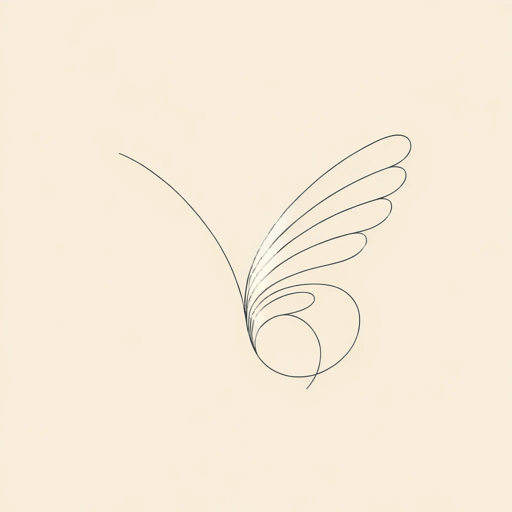21 pages • 42 minutes read
Virginia WoolfThe Death of the Moth
Fiction | Essay / Speech | Adult | Published in 1942A modern alternative to SparkNotes and CliffsNotes, SuperSummary offers high-quality Study Guides with detailed chapter summaries and analysis of major themes, characters, and more.
Symbols & Motifs
The Moth
At the essay’s start, the day moth is depicted as a humble, unspectacular creature. And yet, Virginia Woolf argues that the moth should not be described as a moth, but a combination of several different creatures fused into one. The day moth is given a sense of humanity and personality: It is a lonely, odd creature who lacks the intrigue of the night moth, as it fails to “excite that pleasant sense of dark autumn nights and ivy-blossom” (Paragraph 1). It flutters on the windowpane through which Woolf observes the outside world with awe.
Woolf ascribes a sense of alienation and desperation to the creature, pitying its flight along the window as it pales in comparison to the outside world’s variety and change: “What remained for him to do but fly to a third corner and then a fourth” (Paragraph 2). She doesn’t perceive the moth’s repetitive motions as an interruption to the beautiful pastoral scene, but rather a symbol of nature’s grandeur and cyclical quality. The moth’s movement speaks to its zest for life.
Woolf argues that the moth’s fragility and humility make it a perfect example of life, describing it as “a fiber, very thin but pure” of the world’s energy (Paragraph 2).
Related Titles
By Virginia Woolf

A Haunted House
Virginia Woolf

A Haunted House and Other Short Stories
Virginia Woolf

A Room of One's Own
Virginia Woolf

Between The Acts
Virginia Woolf

How Should One Read a Book?
Virginia Woolf

Jacob's Room
Virginia Woolf
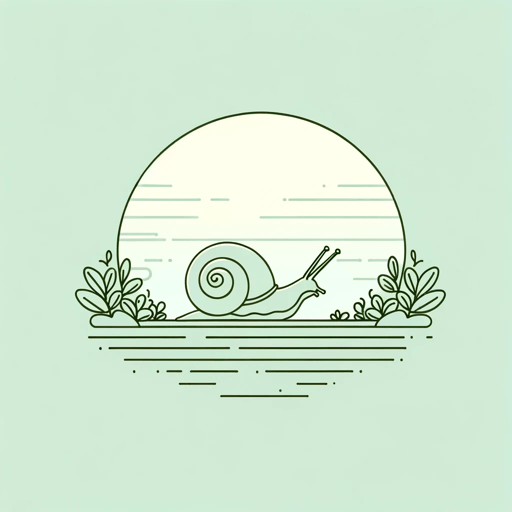
Kew Gardens
Virginia Woolf
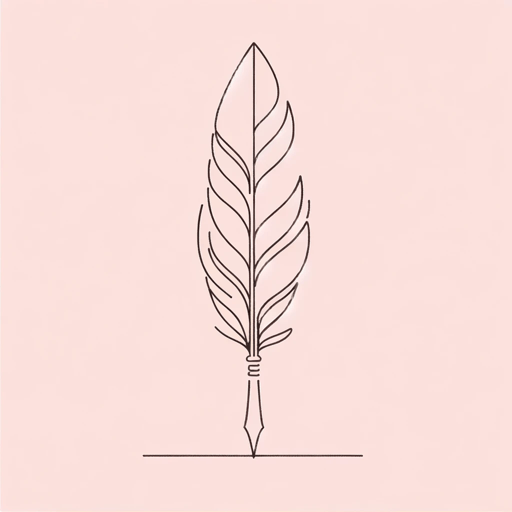
Modern Fiction
Virginia Woolf

Moments of Being
Virginia Woolf
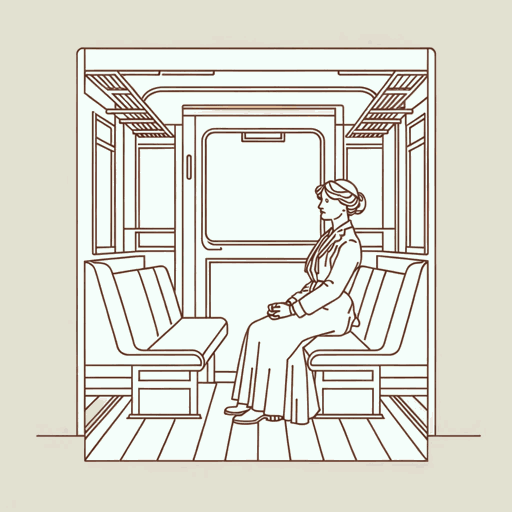
Mr. Bennett and Mrs. Brown
Virginia Woolf
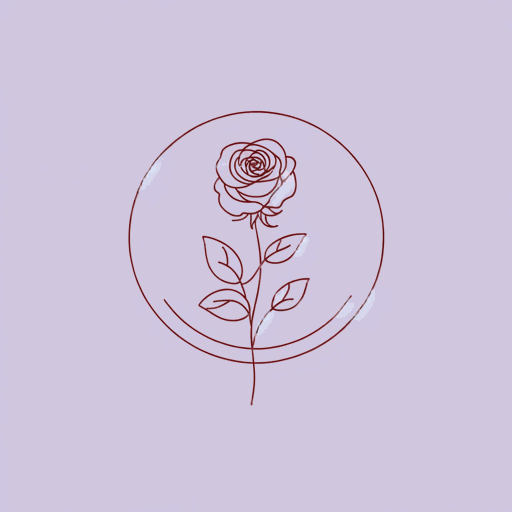
Mrs. Dalloway
Virginia Woolf
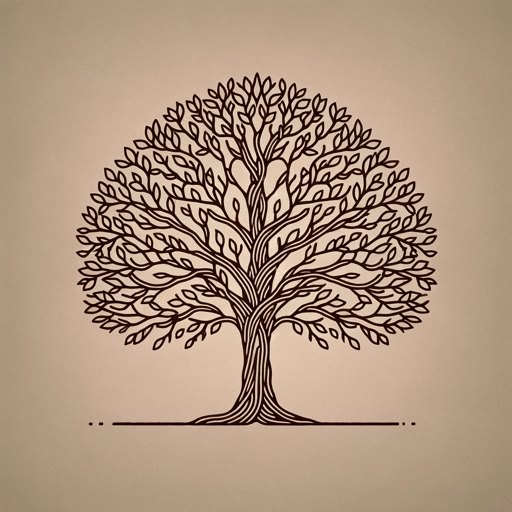
Orlando
Virginia Woolf
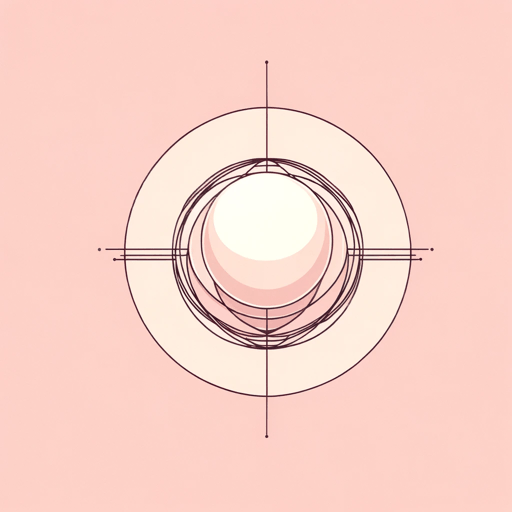
The Duchess and the Jeweller
Virginia Woolf
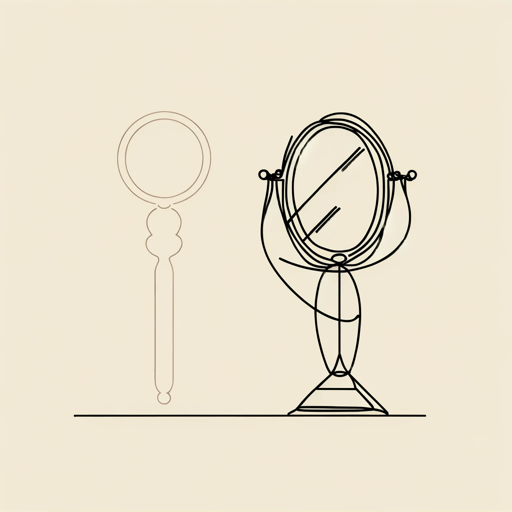
The Lady in the Looking Glass
Virginia Woolf
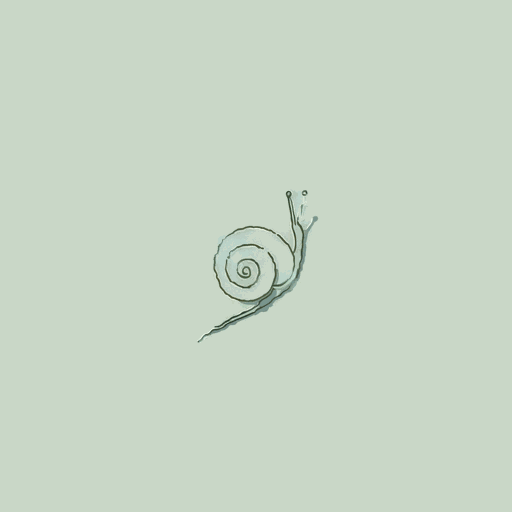
The Mark on the Wall
Virginia Woolf
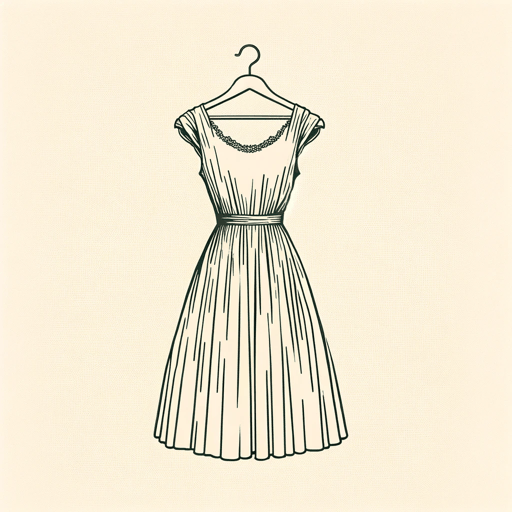
The New Dress
Virginia Woolf

The Voyage Out
Virginia Woolf
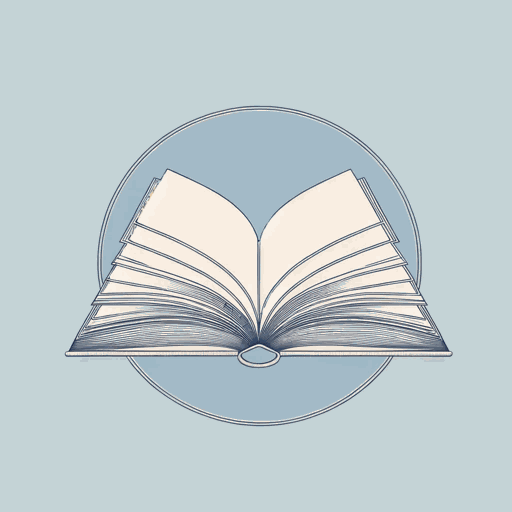
The Waves
Virginia Woolf
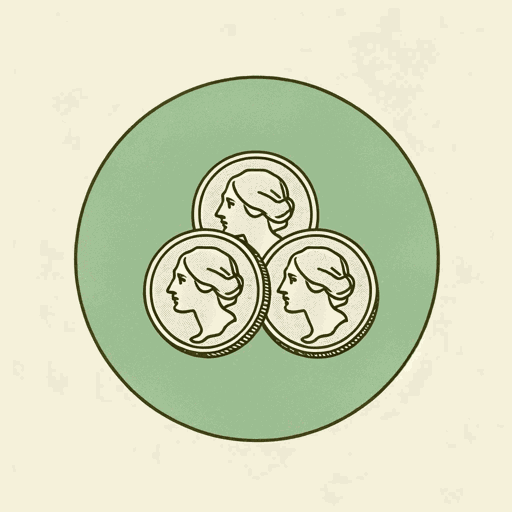
Three Guineas
Virginia Woolf

To the Lighthouse
Virginia Woolf
